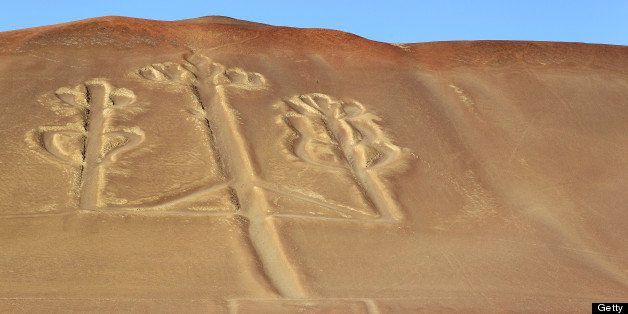
Scientists have made a major discovery in the Amazon, one that rivals the Nazca lines in Peru. Ancient land formations, referred to as geoglyphs, have been discovered in Brazil that may reveal more about the history of human civilization than any other discovery in recent memory.
Deforestation that has occurred in the area since the 1970s has unearthed meticulously-arranged geometric shapes that span hundreds of yards in diameter. The land carvings, taking the shape of ovals, squares, circles and rectangles, were discovered with the help of Alceu Ranzi, a Brazillian scholar who was baffled by how the discovery went against everything he thought he knew about the area.
"What impressed me the most about these geoglyphs was their geometric precision, and how they emerged from forest we had all been taught was untouched except by a few nomadic tribes," Ranzi told the New York Times. The paleontologist first saw the geoglyphs in the '70s and years later surveyed them by plane to gain a complete picture of how awe-inspiring the formations really are.
With the aid of popular new technology such as Google Maps, the massive undertaking became more apparent, like an ancient Andy Goldsworthy on steroids. Despite the intricate network of geometric patterns being more expansive than previously thought, the discovery has also reignited the debate over deforestation.
Some are arguing that the existence of these formations proves that the forest was not always so dense and that a deforested landscape could be sustainable should some form of agriculture be reintroduced. "If one wants to recreate pre-Columbian Amazonia, most of the forest needs to be removed, with many people and a managed, highly productive landscape replacing it," William Woods, a geographer at the University of Kansas who is also studying the Acre formations.
"I know that this will not sit well with ardent environmentalists," Woods continued, "But what else can one say?" While experts try to piece together what happened to the civilization that once lived there, the geoglyphs are actually making the decision to farm more complicated. It is quickly becoming the Pandora's box of environmental issues. Its very discovery may end up beings its destruction.